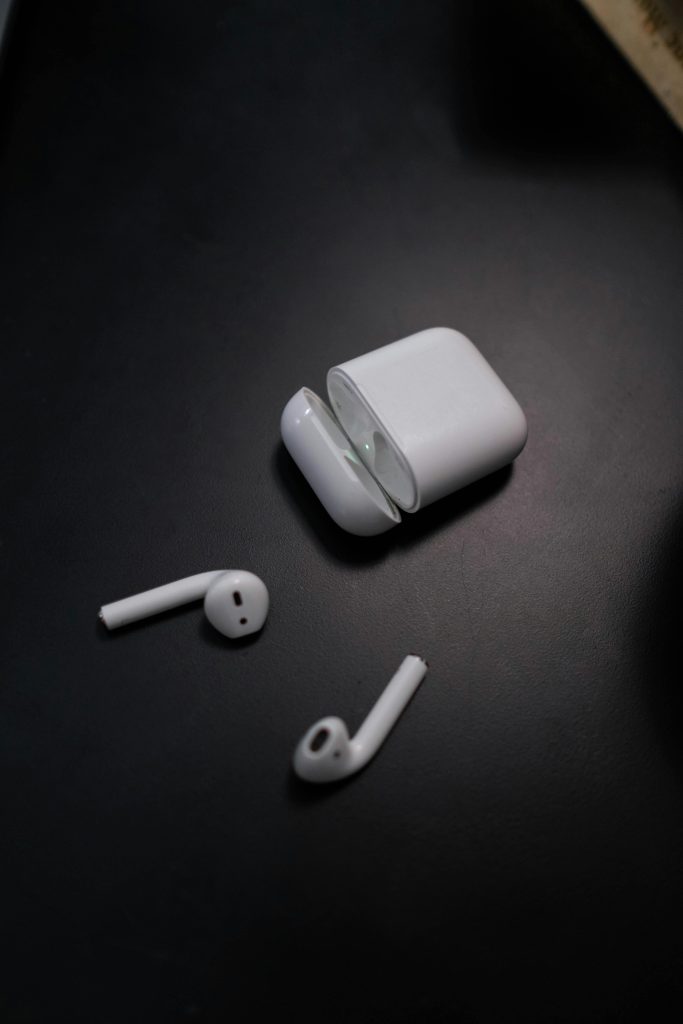Understanding How to Detect When a File Was Last Opened in Windows 11
In Windows 11, the File Explorer provides several useful details about your files, including the date they were last accessed. However, it’s important to understand what this “date accessed” actually signifies and how reliable it is for determining whether a file has truly been opened or simply been indexed or viewed indirectly.
The “Date Accessed” Attribute in Windows 11
The “date accessed” property in Windows records the last time a file was read or accessed by any process. While this may seem straightforward, there are nuances to consider:
-
Auto-Update Behavior: Windows can automatically update the “date accessed” attribute when a file is opened, but this behavior is configurable. Historically, Windows has disabled this feature by default to improve performance, meaning that accessing files does not always update this timestamp.
-
Impact of Indexing and Thumbnails: Certain background processes, such as indexing services or the display of file thumbnails in File Explorer (especially for images), can update the access date without the user explicitly opening the file. Consequently, the timestamp might not accurately reflect user-initiated file opens.
Limitations of “Date Accessed” as an Indicator
Because of these factors, relying solely on the “date accessed” attribute can sometimes be misleading. It may indicate that a file was processed in some way, but it does not definitively confirm that the user intentionally opened or viewed the file.
Are There Better Ways to Determine if a File Was Opened?
If your goal is to accurately track whether a file has been physically opened by a user, standard Windows tools may not suffice. Here are some alternatives and methods to consider:
1. Enable and Use Audit Logging in Windows
Windows includes Security Audit policies that can log file access events. By configuring Object Access auditing, you can track when specific files are opened, modified, or accessed.
How to set it up:
- Open the Local Security Policy editor (
secpol.msc). - Navigate to Security Settings -> Advanced Audit Policy Configuration -> Object Access.
- Enable Audit File System and specify the files or folders you’d like to monitor.
- Review the Security logs in Event Viewer (
eventvwr.msc) for detailed access records.
Pros: Accurate, detailed logs of file access events.
Cons: Requires administrative permissions, setup complexity, and
Share this content:



